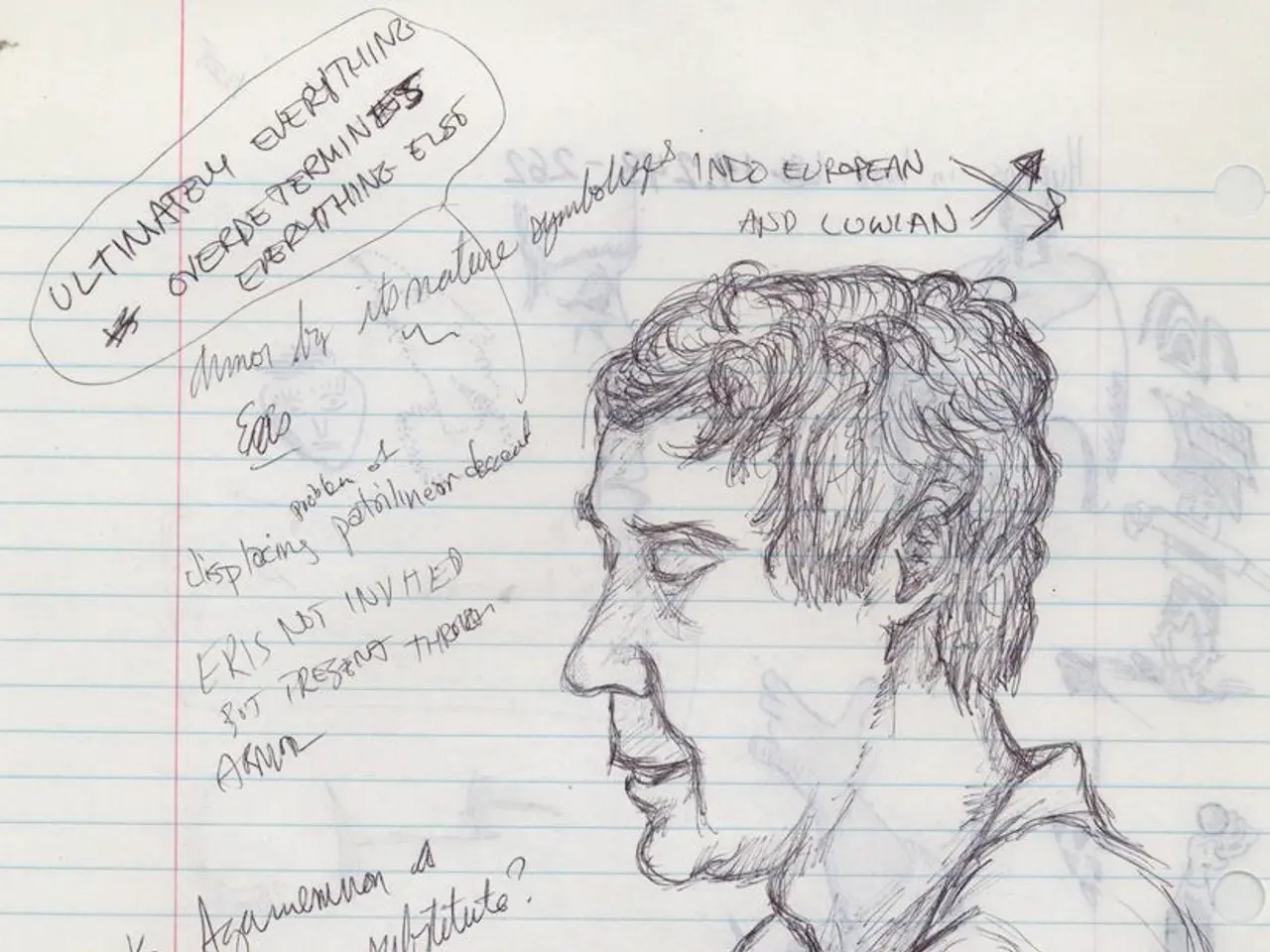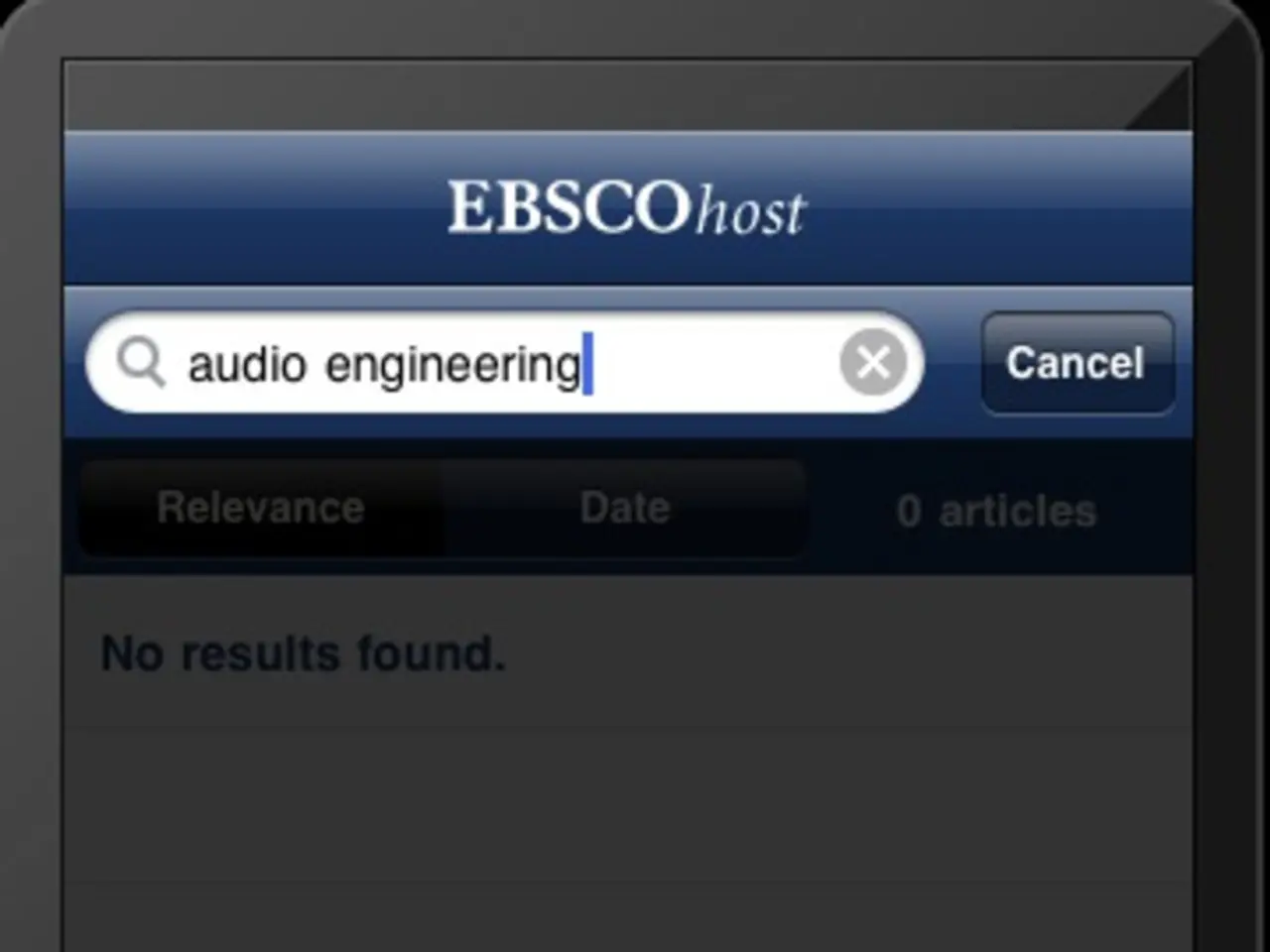Learn to Craft Synthesized Sounds using this Synthesizer Design Guide
=================================================================
In the realm of music production, synthesizers have evolved beyond simple tone generation, offering a vast array of techniques for creating rich, evolving, and experimental sounds. Here, we delve into some advanced sound design methods that are transforming modern music and sound effects production.
Subtractive synthesis, a technique frequently used, allows you to carve out frequencies while LFOs add dynamic movement. Envelopes define how a sound evolves over time, providing detailed alteration of its character. Collaboration is key, with working alongside artists and music producers leading to innovative projects.
Spectral Morphing and Granular Resynthesis are two such techniques that push the boundaries of sound design. Spectral Morphing morphs between spectral components of sounds, creating evolving, complex textures, while Granular Resynthesis breaks sounds into tiny grains and reassembles them to manipulate texture on an epic scale.
Audio-Rate Modulation involves modulating parameters at audio frequencies, creating intense, metallic, or alien timbres. Modulating a flanger’s delay time at audio rates, for example, can create industrial screeches useful for sound effects or transitions. FM & PM Synthesis Layering adds harmonically dense sounds with fine control over timbre and texture.
Modern synths like Serum 2 offer Spectral Oscillators, which manipulate sound in the frequency domain, enabling harmonic manipulation beyond traditional waveforms. Wavetable Synthesis with Evolving Waveforms loads and modulates complex sample-based waveforms to produce dynamic and rich tones.
Layering multiple synth layers, routing through effects like filters, distortions, delays with modulation sources (LFOs, envelopes) leads to evolving and complex sound outcomes. 3D Audio Techniques, such as Object-based and Binaural Processing, enhance immersive sound design, often integrated post-synthesis for spatial effects.
Automation is a powerful tool, letting you control changes in a synth's parameters over time. Building a strong portfolio is essential for a successful career in sound design, featuring projects like film scoring, music production, and synthesis tutorials.
For beginners, it's important to grasp the oscillator, filter, and envelope components of a synthesizer. Platforms like Coursera, Udemy, or YouTube offer dedicated courses on sound design for music production. Regular practice and exploration will enhance your ability to create personal and distinctive audio signatures.
Presets are pre-configured settings that can quickly transform your sound, while tweaking presets involves modifying them to fit your needs. In software synthesizers, automation usually ties to your DAW, recording changes made during a performance. Sequencers allow you to create repeating patterns and loops by setting the order and timing of notes.
Incorporating noise and texture into sounds can add an organic quality that enhances realism. White noise, pink noise, and brown noise offer different tonal characteristics useful for shaping timbre. Textural elements can be introduced through sampling natural sounds, like rain or wind, and layering them over synth tracks.
Effective communication and an open mind are crucial when working with others. Engaging with local music scenes can help network with like-minded individuals. Regularly exploring new techniques and platforms will ensure you stay at the forefront of sound design innovation.
[1]: Reference 1 [2]: Reference 2 [3]: Reference 3 [4]: Reference 4
- Delving into the realm of music production, technology has revolutionized sound design with methods like subtractive synthesis, LFOs, and envelopes providing intricate control over tones.
- In the arena of audio production, modern techniques like Spectral Morphing and Granular Resynthesis manipulate sounds at a profound level, creating evolving, complex textures.
- The integration of technology in music education empowers beginners to learn sound design, offering dedicated courses on platforms like Coursera, Udemy, and YouTube.
- In the entertainment industry, innovative music production often integrates the use of 3D Audio Techniques and immersive spatial effects, such as Object-based and Binaural Processing.




